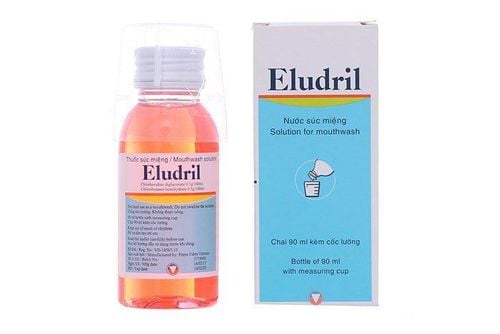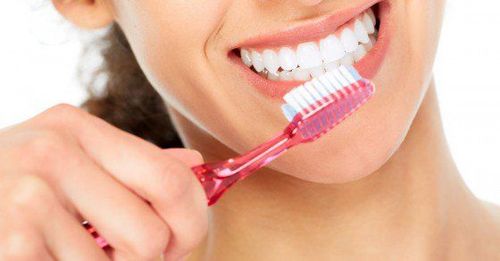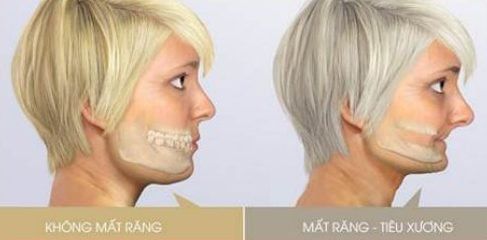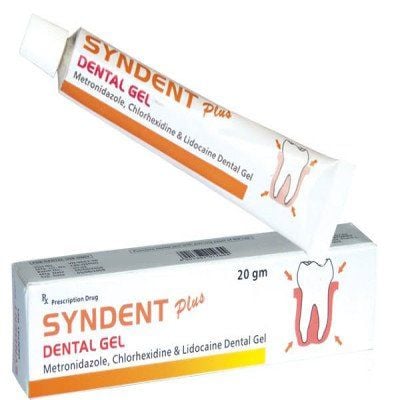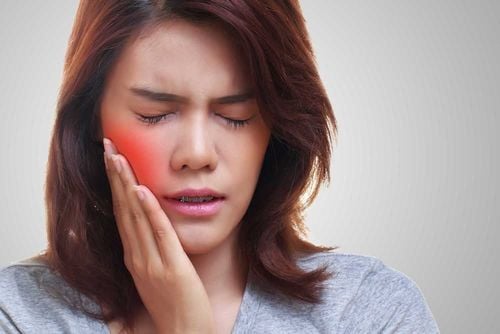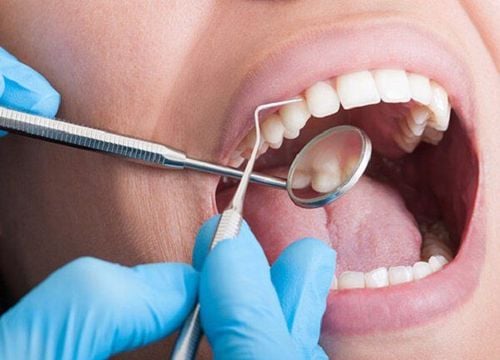This is an automatically translated article.
Posted by Doctor Lai Do Quyen - Department of Interspecialty - Vinmec Times City International General Hospital.Not only causing aesthetic loss, tartar, also known as tartar, is also the home of many types of bacteria that are harmful to the teeth. According to a study by the American Dental Association (ADA), tartar is the main cause of dental diseases, especially around the teeth. Therefore, taking tartar or scraping teeth periodically every 3-6 months is the solution to completely eliminate the cause of many oral diseases. Understanding tartar, about the need to remove tartar will help you to be less afraid to get tartar.
1. What is plaque and tartar?
After eating, drinking or brushing teeth about 15 minutes, on the surface of the teeth forms a thin transparent film called Biofirm film. This film is soft, invisible to the naked eye and very sticky, so food debris and bacteria in the mouth easily adhere to the membrane forming a clear layer or yellow dentin on the tooth surface called plaque. Plaque can be partially removed by brushing teeth.
After a short time, bacteria, calcium salts in saliva along with food debris accumulate, thicken, making plaque thicken and harden, forming tartar or tartar. At this time, brushing cannot remove tartar.
2. What does tartar look like?
Tartar is divided into 2 types: Salivary tartar: usually adheres to the surface of the teeth, between the teeth and on the gums. They are usually pale yellow, golden brown or reddish brown in color due to the calcium salts in the saliva depositing on the plaque. You can clearly see this type of tartar.
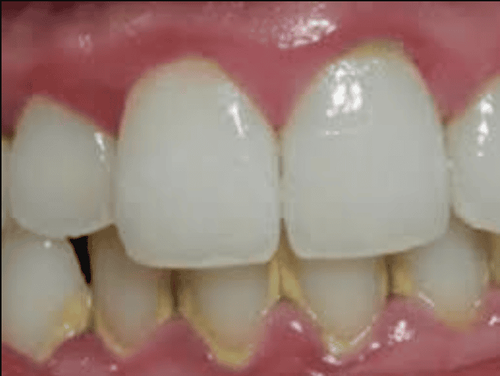
Serum tartar : usually adheres to the tooth surface, between teeth and under the gums. They are black and very hard. They are formed by inflammatory gums that cause bleeding, the part of the blood serum that adheres to the tartar and saliva, creating extremely favorable conditions for bacteria to accumulate and thicken. This type of tartar often causes severe gingivitis. This type is hard to see with your eyes.
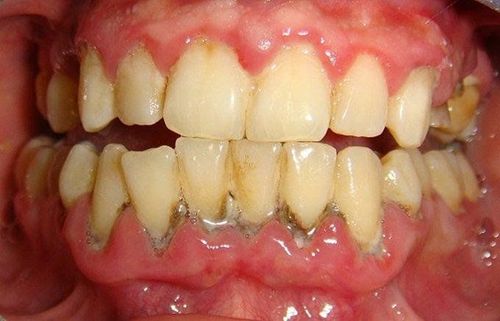
3. Why remove tartar and plaque?
As mentioned above, plaque and tartar are "foreign objects" that exist in the mouth. Harmful bacteria exist on plaque, tartar is the main cause of many dangerous harms to your oral and whole body health such as:
Tartar and plaque often have a contrasting color with that of your teeth. the color of real teeth, along with the red inflamed gums cause serious aesthetic loss to the teeth. The bacteria on plaque and tartar will decompose food left in the mouth, combined with bleeding gums that cause bad breath, making you lack confidence in communication. On the surface of tartar always has bacteria in large numbers. Bacteria will make sugars in foods ferment, creating acids that eat away at enamel and dentin, causing tooth decay. Bacteria in tartar cause irritation and destruction of tissues around the teeth such as: In mild cases, gingivitis: swollen, red, edematous, bleeding gums. Gingivitis can be cured and gums healthy again if tartar is removed and proper oral hygiene is maintained.
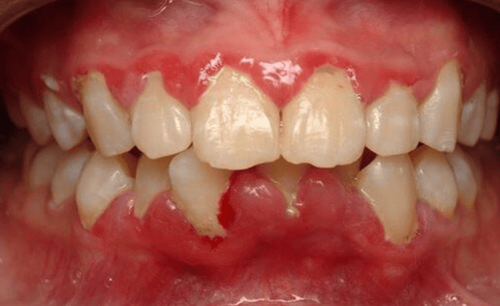
More dangerous if gingivitis is not treated, tartar will form more than on the gums, under the gums and persist leading to receding gums, pus-filled gums, loss of bone to keep teeth strong, periodontitis (inflammation of the gums). around the teeth), ... making the teeth loose. If there is no immediate remedy, it can lead to mass loss of teeth, seriously affecting chewing function and aesthetics.
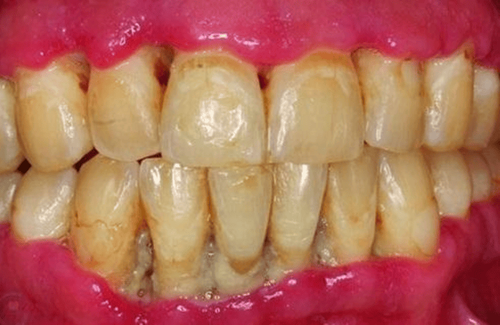
In addition, bacteria on tartar are also the cause of dangerous diseases such as retrograde pulpitis, interdental inflammation, diseases of the oral mucosa: oral mucositis, mouth sores,... also in an unhealthy state due to harmful bacteria on tartar, creating favorable conditions for systemic diseases such as cardiovascular, respiratory, diabetes, ... more severe and difficult to treat. In particular, many studies have shown that having a lot of plaque, tartar, and gingivitis during pregnancy will easily lead to premature birth. 4. Ways to remove plaque and tartar There are many ways to remove plaque and tartar:
Limit plaque and tartar at home with lemons, oranges, areca rinds, baking soda,.... However, This method only works for cases where plaque and tartar have little and have not yet adhered to the tooth surface. In particular, overuse or improper implementation of the above methods also leads to the risk of gingivitis, periodontitis, enamel wear, teeth becoming sensitive, sensitive, uncomfortable... Besides, other methods This method also cannot be performed carefully in all positions of the teeth, especially the teeth deep in the mouth or crowded teeth and also cannot scrape off the existing tartar on the tooth surface.
The best way to remove plaque and tartar on the tooth surface is to perform tartar at the dental clinic. At that time, the dentist will use a machine and specialized hand tools to remove all tartar above and below the gums as well as remove all the plaque on the tooth surface. Depending on the amount of tartar and the condition of the gums, the dentist will decide whether to remove tartar with just 1 appointment or more and whether to use medication or not.
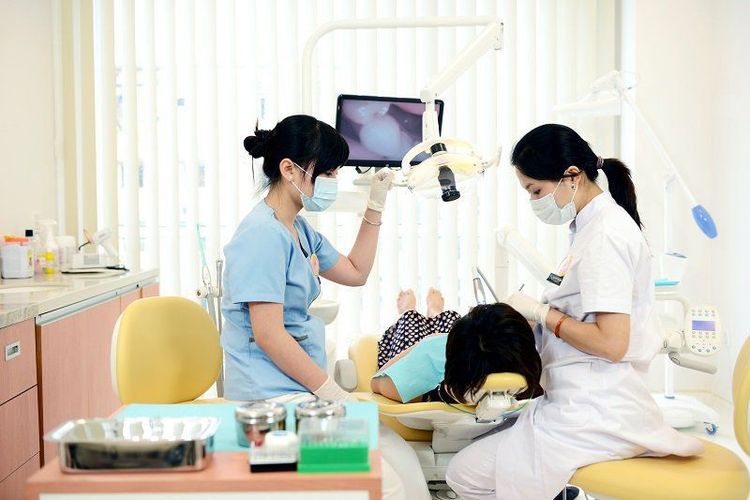
5. What should I do after removing tartar? After removing tartar, you should adhere to the following notes:
Avoid using things that are too hot or too cold, which will make your teeth sensitive and sensitive. Limit smoking or colored foods and drinks such as tea, coffee, carrot juice, etc. will make the plaque easy to stick quickly. Take medication as directed by your dentist. Follow-up appointments on time to make sure the treatment is complete. 6. How not to get tartar? Clean oral hygiene is the best way to prevent tartar and plaque, in which you remember:
Brush your teeth properly with the use of Fluoride toothpaste. Use dental floss to clean between teeth, minimizing the accumulation of plaque in between teeth. Combine brushing properly and flossing twice a day. You can gargle regularly with dilute salt water. Note the daily diet:
Avoid using things that are too hot or too cold, which will make your teeth sensitive and sensitive. Limit smoking or colored foods and drinks such as tea, coffee, carrot juice, etc. will make plaque easy to stick quickly. Limit the use of foods that are too soft and sticky like cookies, marshmallows, chocolate, .. because they stick firmly to the teeth, difficult to clean.
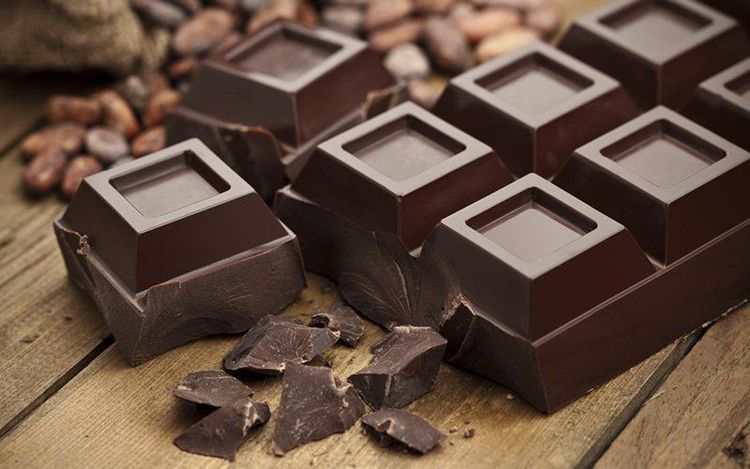
High-fiber foods will help clean teeth and stronger gums. Follow a healthy diet, limit foods containing a lot of flour and sugar. You should proactively schedule an appointment for a dental check-up and get tartar every 6 months. Tartar is a simple dental procedure with many benefits. The goal of tartar is to remove all tartar and plaque from all sides of the tooth. Only then can the goal of treatment and prevention be achieved. Besides, it is also very important to prevent the risk of infection when removing tartar. Therefore, you should go to reputable dental facilities with modern equipment to quickly regain bright white teeth, avoid losing points by yellow teeth, full of tartar.
Please dial HOTLINE for more information or register for an appointment HERE. Download MyVinmec app to make appointments faster and to manage your bookings easily.





